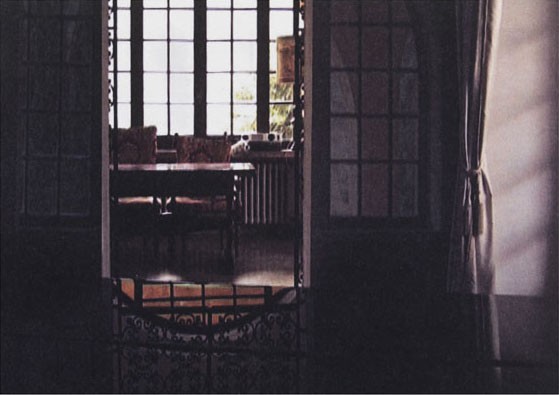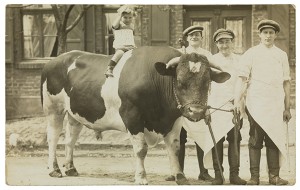Opening this Friday at the Eric F. Ross Gallery
Fred Stein is a photographer whose work and biography leave no one unmoved. Some of his portraits are famous—those of Albert Einstein and Hannah Arendt for example—yet Fred Stein himself is not a household name. The young lawyer was forced to flee Germany in 1933. He went first to Paris, and then in 1941 to New York. In these cities of exile he made photography his new profession, producing numerous street scenes and portraits.
“In An Instant” struck us as an apt title for the exhibition of his extensive oeuvre scheduled to open at the Jewish Museum Berlin on 22 November. This title highlights Fred Stein’s talent for capturing his subjects at the decisive moment, spontaneously, and without elaborate preparations—a natural talent, incidentally, for he was a self-taught amateur.
Fred Stein’s special gift of observation is evident in the photograph “Little Italy” (New York, 1943), one of our many favorites. → continue reading
An Interview with Daniel Laufer
You can buy a wide variety of works of art from our art vending machine. One such piece is a postcard by Daniel Laufer (*1975, Hanover).
The card shows a film still from the video, “The Fourth Wall” (at 08:13 min). The story is based on an Hasidic parable about two men who are supposed to design one half of a house. While the first man does his work with zeal, the second delays, uninspired. The second man, who is certain that he won’t come up with a better idea than his rival, decides to coat his work with black bitumen. The material will reflect the other half of the house like a mirror. Thus he discovers a good solution to avoid defeat.

Postcard with still shot from the film “The Fourth Wall” by Daniel Laufer
© Jewish Museum Berlin, photo: Jens Ziehe
The film was shown this year at the 14th Videonale at the Bonn Art Museum.
In the following interview, Daniel Laufer talks about the genesis and message of his postcard.
Christiane Bauer: Daniel, you work mostly in video form. Yet you produced a postcard for the art vending machine. Why did you choose this format?
Daniel Laufer: A postcard is something mobile that you can take with you. It connects you to something: it provides information and contains a message. It can be a souvenir – but with a statement. And I also like the fact that you can hang it on the wall.
The original work of art is an entire film. Why did you choose this particular shot as a motif for the postcard? → continue reading

Walter Brill on a bull in the town of Herzebrock, ca. 1913
© Jewish Museum Berlin, courtesy of Brill Family Archives
I first met Ralph Brill at the Jewish Museum Berlin in 2009. He was accompanying a donor, and it was only incidentally that I learned of his own interesting family history. Some months later he sent me copies of family photographs and documents, and I immediately realized that this impressive material was of historical importance. We were in frequent contact since then. In early 2013 Ralph Brill decided to donate all of his family holdings to the Jewish Museum Berlin. It was a most memorable day in May, when he visited Berlin with his children, Micah, Loren and Wade. The three young Brills had just obtained German citizenship, in addition to their American nationality. Present legislation assures this option to all, whose lives were affected by National Socialist persecution, as well as their descendants. The trip to Berlin was motivated by Micah, Loren and Wade’s interest in learning about their ancestors. It was the first time any of the three had set foot on German soil. → continue reading

